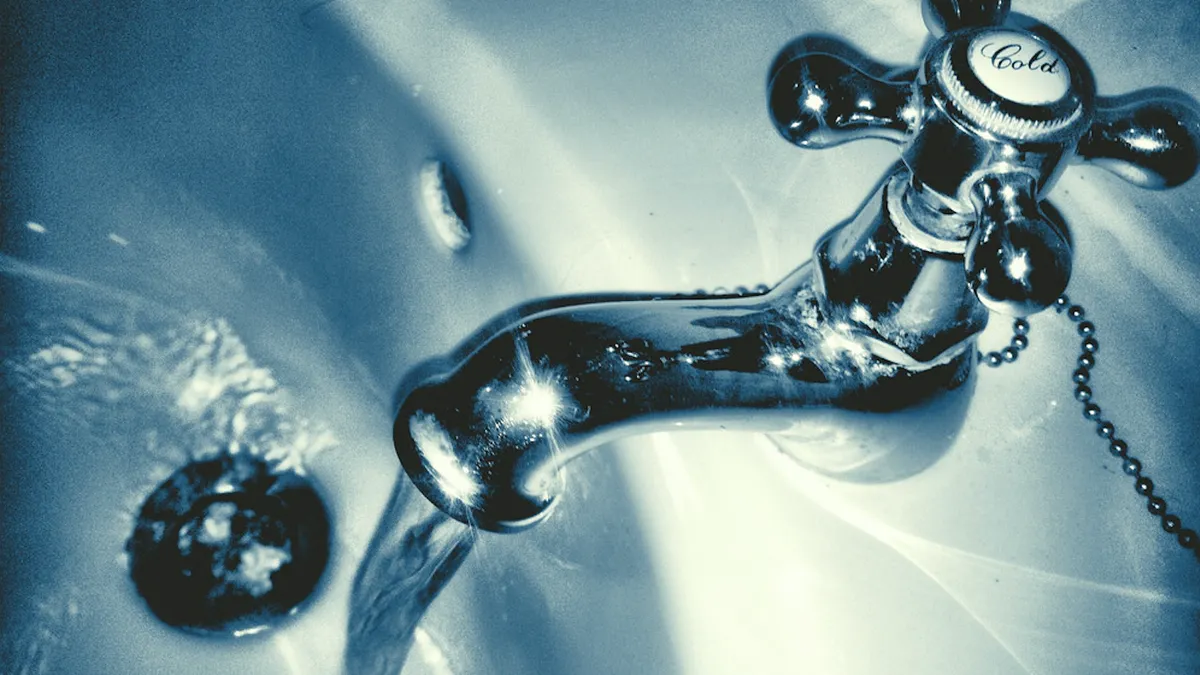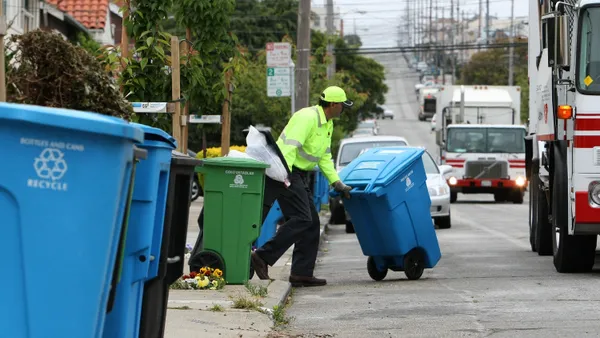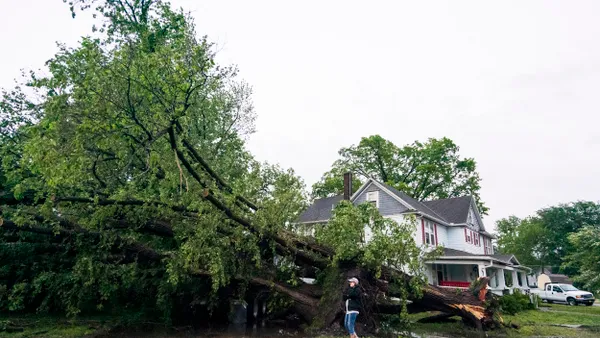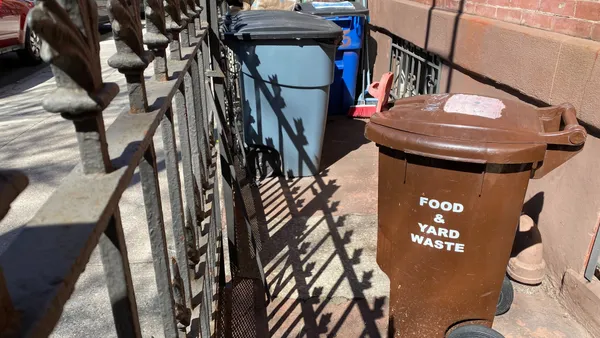Dive Brief:
- A study from Natural Resources Defense Council (NRDC) found potentially harmful contaminants in tap water in all 50 states.
- In 2015, there were more than 80,000 reported violations of the Safe Drinking Water Act (SDWA) by community water systems, with 12,000 of those being health-based violations.
- Many of these problems stem from aging water infrastructure that will take billions of dollars to upgrade. One estimate puts the cost of upgrading water systems and keeping them up with a growing population at $1 trillion over the next 25 years.
Dive Insight:
The violations found by NRDC included exceeding health-based standards like lead or arsenic contamination, failure to properly test water for contaminants and failing to report contamination to state authorities or the public. Nearly 77 million people were served by more than 18,000 of these systems with violations in 2015.
Flint, Michigan might be infamous for their lead-contaminated water, but NRDC found more than 18 million people were served by water systems that violated the Lead and Copper Rule of the SDWA. The SWDA of 1974 regulates about 100 contaminants found in drinking water.
Coliforms, a bacteria indicator for organisms that can cause diarrhea, cramps, nausea, and headaches, were part of over 10,000 violations. Arsenic, a carcinogen that can lead to cancers, development problems, pulmonary disease or cardiovascular disease, showed up in more than 1,500 violations.
Rural populations were at particular risk. Water systems serving fewer than 500 people made up nearly 70% of all violations and a little over 50% of all health-based violations. According to the the Centers for Disease Control and Prevention (CDC), approximately 19.5 million Americans get sick every year due to contaminated drinking water.
This is not the first time NRDC has documented problems with water infrastructure. The nonprofit has documented violations and enforcement issues of the Safe Drinking Water Act since the early 1990s.











